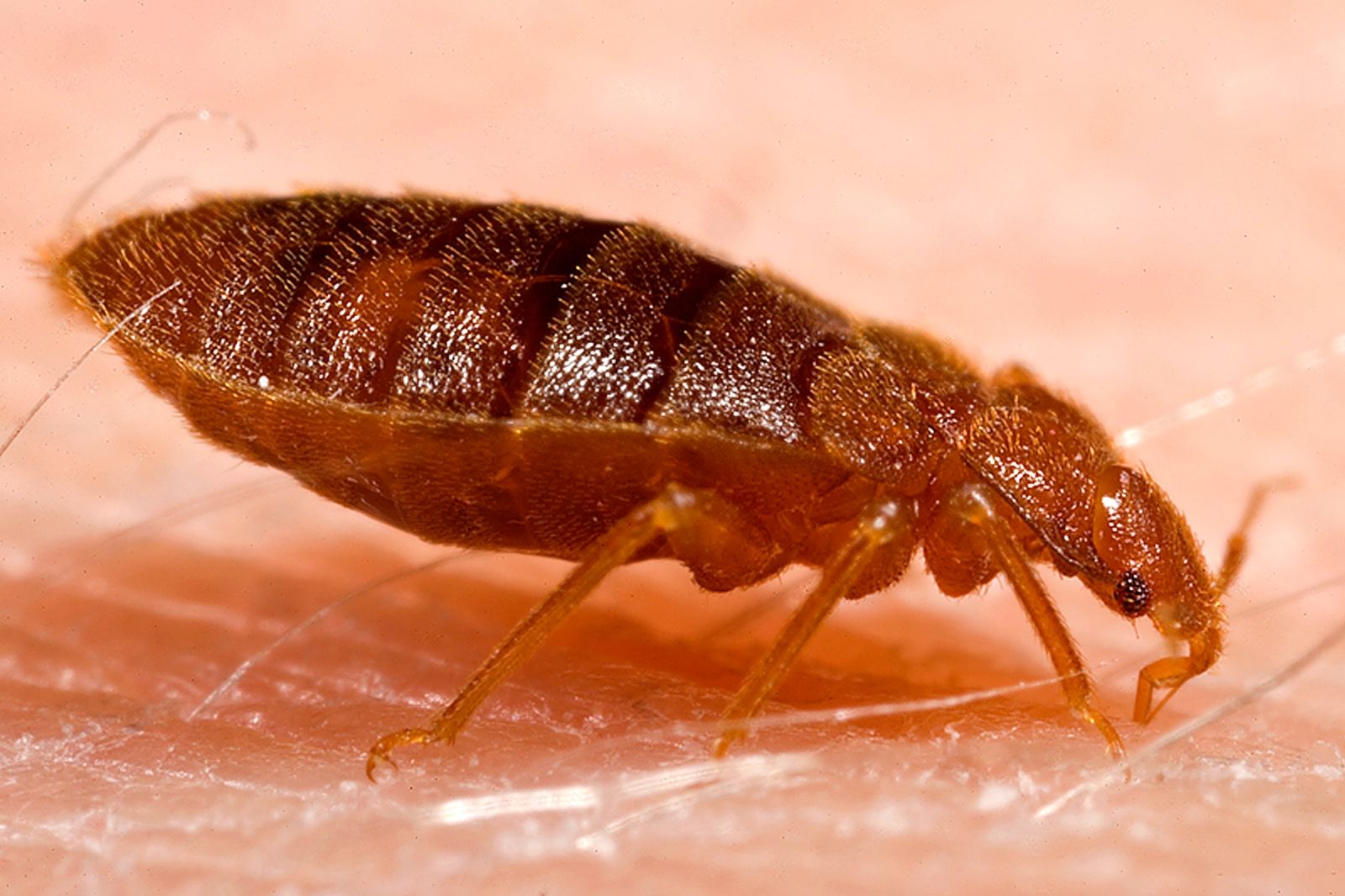🛏️ Bed bugs, those unwanted companions since prehistoric times
Follow us on Google News (click on ☆)

Wikimedia image
60,000 years ago, some bed bugs left their bat hosts for humans emerging from caves. This choice marked the beginning of a lasting relationship, while their bat-associated cousins began to decline after the last glacial maximum.
Researchers from Virginia Tech analyzed the genomes of bed bugs associated with humans and bats. The former followed a demographic trajectory similar to ours, possibly becoming the first urban pest. This study, published in Biology Letters, sheds light on the joint evolution of humans and pests.
The team observed that the human-associated lineage rebounded after the last glacial maximum, unlike the bat-associated one. The rise of early large cities, such as 12,000 years ago in Mesopotamia, fueled this demographic expansion.
Human-associated bed bugs show less genetic diversity, reflecting their migration out of caves. This initial reduction was followed by exponential growth, parallel to human urbanization.
A genetic mutation linked to insecticide resistance has already been identified. Research continues to decipher the evolutionary mechanisms behind this resilience, using both ancient and modern specimens.
How have bed bugs developed resistance to insecticides?
Bed bugs have shown a remarkable ability to resist insecticides, particularly DDT. This resistance is explained by genetic mutations that alter the target of insecticides or increase their detoxification.
These mutations can appear spontaneously in bed bug populations. When an insecticide is used, individuals carrying these mutations survive and reproduce, passing their resistance to their offspring.
The intensive use of insecticides has accelerated this natural selection process. Resistant bed bugs now dominate in many regions, making pest control more challenging.
Understanding these mechanisms is crucial for developing new control strategies, less reliant on traditional insecticides.